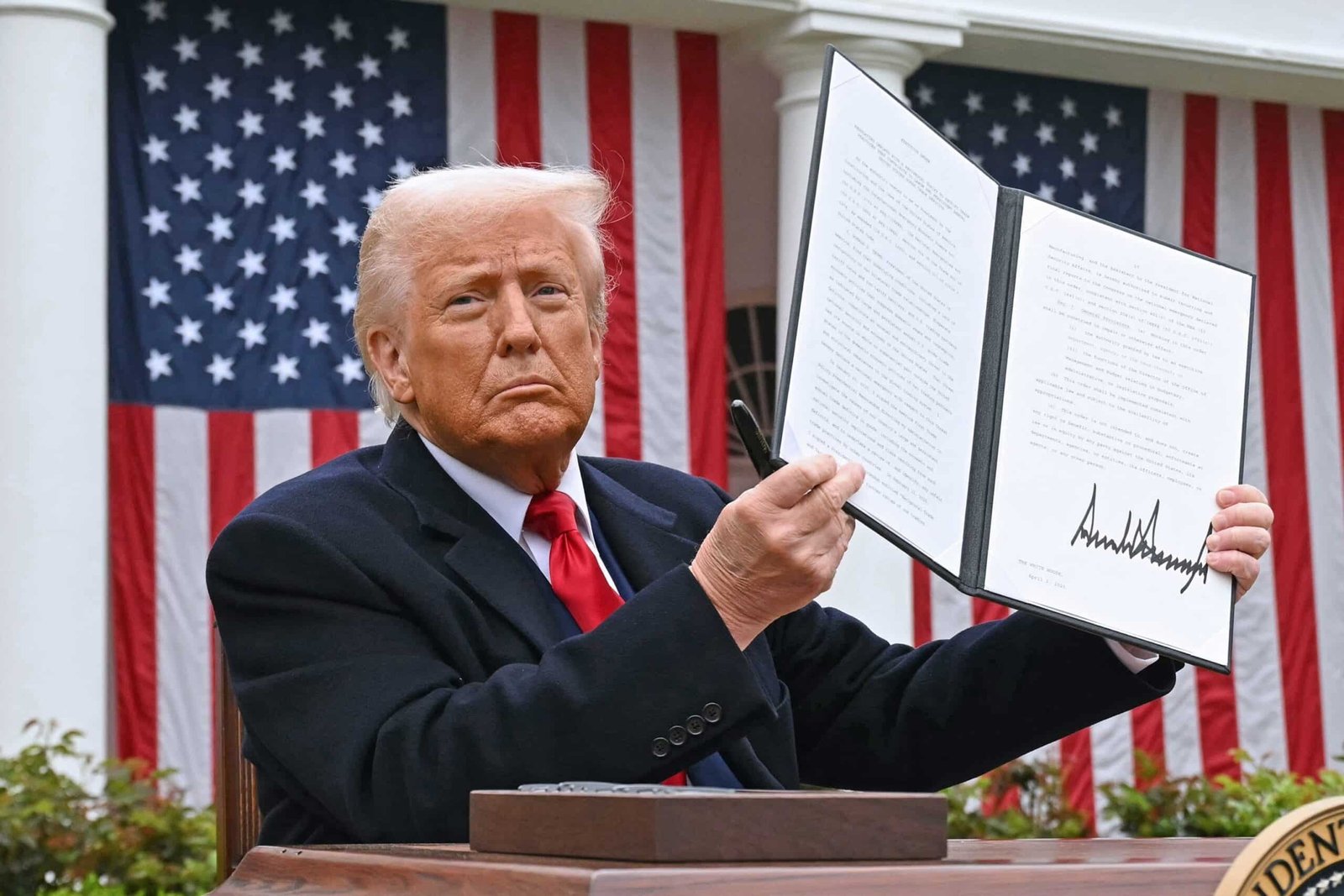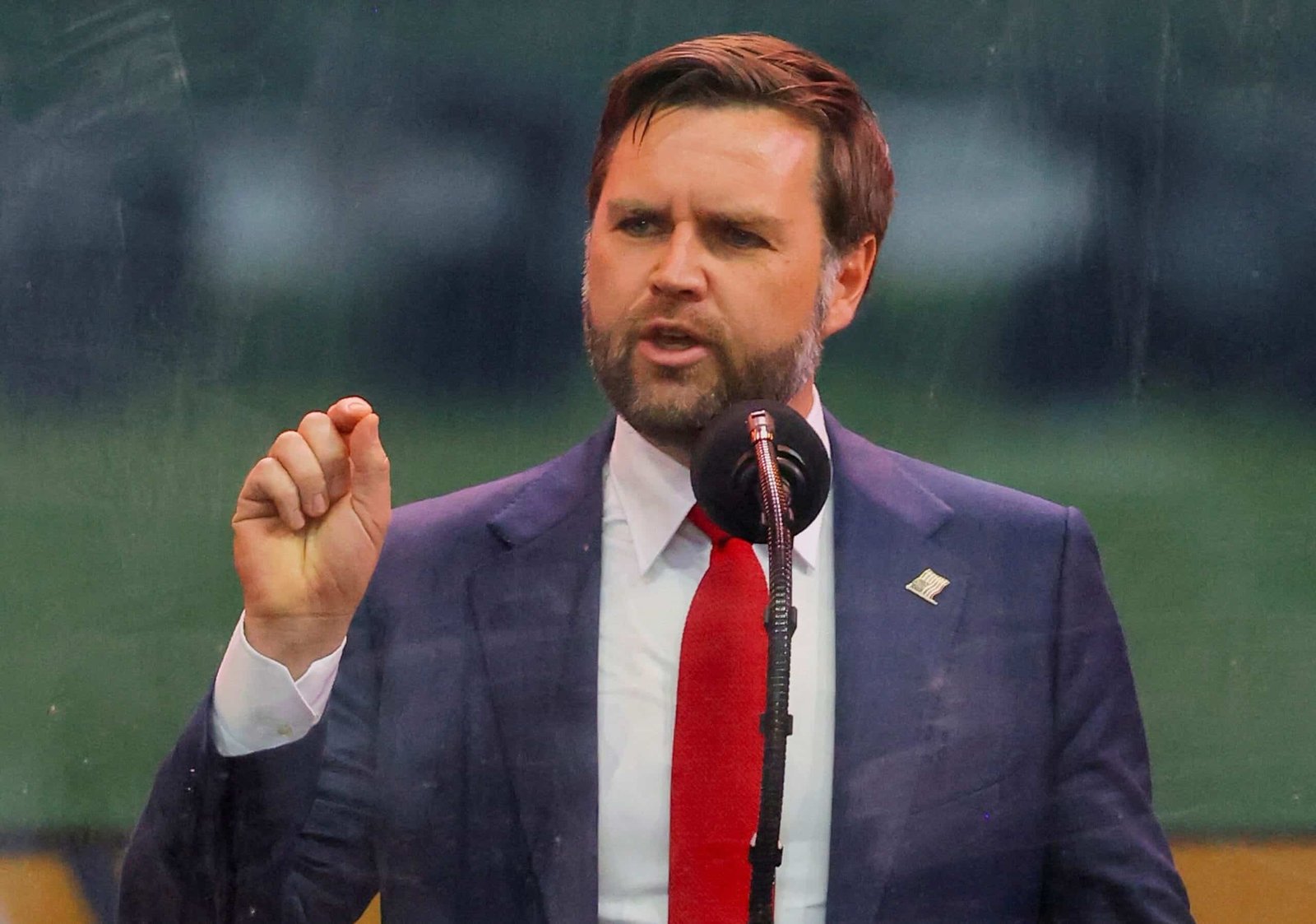This is KFF Health news.
Almost eight years have passed since the vote on the night of Senator John McCain torpedo republican efforts to repeal the Law of Health Care at a low price and make drastic cuts to Medicaid.
With Donald Trump in the White House and the Republican Party in Congress control, Republicans again have the view of Medicaid, the Government Health Program for those with low income or disabilities. A republican proposal presented this week would require that many registered demonstrate that they are working, volunteers or studying, and assume more of the costs of their care. It would also reduce taxes raised to suppliers that help States reduce billions in additional federal money.
Changes are needed, conservative legislators say, because the program is broken and costs too much. The annual price of Medicaid has fired from approximately $ 590 billion in 2017 to almost $ 900 billion today.
If this script sounds familiar, it is because the Republicans did the same proposals And arguments in 2017, when the last time they had limited control of Congress and Trump in the White House.

President Donald Trump makes an executive order signed after delivering comments on reciprocal tariffs during an event in the Rosas Garden entitled “Make America Wealthy Again” at the White House in Washington, on April 2, 2025.
Saul Loeb/AFP through Getty Images
But while the Medicaid 2025 debate in Capitol Hill feels like a repetition of 2017, the last effort of the Republican Party towards a massive transformation could be more a long shot, they say several health policies experts. In the last eight years, the registration of Medicaid has increased to a record, with the Covid-19 pandemics driving numbers and Nine more expanding states The program will cover more low -income Americans, including six controlled by Republicans.
More registered, particularly in red states, it means more components that depend on Medicaid to cover their health costs, which makes it difficult for legislators to approve the cuts.
“More red states have more skin in the game,” he said Christine EibnerSenior economist by Rand Corp., a non -profit research organization.
More than three quarters of the public He opposes the main cuts to MedicaidIncluding 55% of Republicans, according to a recent KFF survey, a non -profit health information that includes KFF Health News.
With the expansion of coverage to more Americans, Medicaid has become more popular and important, said Krista Drobac, a health consultant who previously worked for the National Association of Governors. “Cutting it is not so politically tasty, although Congress has moved more to the right.”
After months of saying little beyond citing the need to cut “waste, fraud and abuse”, the Republicans in the Energy and Commerce Committee of the House of Representatives published the legislation on May 11 that describes their plans.
The bill does not include some of the most controversial proposals considered by the Republican party, such as eliminating the additional federal financing that allowed the states to drastically expand the program. However, the changes he proposes amounts to hundreds of billions of dollars in medical expense cuts and could make at least 8.6 million Americans lose their health coverage, According to a preliminary estimate by the Congress Budget Office published by the Democrats of the Committee.
Some of the proposals are more specific, such as a new financial sanction in states such as California who use their own money to cover people who live in the country without legal permission.
Others would have generalized implications. In addition to demanding low -income persons to prove their eligibility every six months, the Republican party proposal would require not disabled to be affiliated under 65, with some exceptions, they show that they work, they are volunteers or attend school at least 80 hours per month.
A work requirement is easier to sell politically because it is not considered cutting benefits, said Billy Wynne, a health consultant in Colorado, in an interview before the legislation was revealed.
But unlike 2017, when the Republican party also proposed to implement work requirements, this policy is It is no longer just a theory: The Arkansas program, which was suspended by a federal judge in 2019 after less than a year, left 18,000 people without coverage, without indications that politics led to more people to work. And the Georgia program has been plagued by administrative charges and excess costs.
In fact, most Medicaid affiliates are already employed, Only 8% Of those who should work are not yet doing it, according to KFF.
Consciousness about Medicaid and its beneficiaries has improved since 2017, Wynne said. “These are working families, and vote.”
During a debate from the Marathons Chamber Committee on the legislation that began on Tuesday afternoon and continued until Wednesday morning, representative Jake Auchincloss of Massachusetts, a Democrat, expressed concern that the new and onerous paperwork requirements would take many low -income people to fall or lose their coverage.
“These are not work requirements,” he said. “They are paperwork requirements.”

A sign in front of the centers for the Medicare and Medicaid services building, March 19, 2025, in Woodlawn, MD.
Kayla Bartkowski/Getty Images
Another complication for the current effort of the Republican Party is that the approach is not to fix the health system, as it was with the past impulse to repeal Obamacare. This time, the main objective of Republicans is to compensate for the cost of extending $ 4 billion in tax cuts under Trump in 2017, separately from the repeal of repeal, which will otherwise expire at the end of this year.
Registration in Medicaid and its Related Children’s Health Insurance Program He swelled more than 93 million During pandemic, a high record. Registration had fallen below 79 million from December, but that was still around 5 million more people than they were covered during the repeal debate in the summer of 2017.
Medicaid and chips coverage More than one in five Americans, as well as 40% of children, 41% of births and long -term attention for 62% of elderly household residents.
Congress Republicans for decades have tried to control Medicaid’s costs by limiting federal expenditure, but have faced the resistance of Democrats, states and the health industry.
The 2010 low -price health care law provided billions in federal medical funds that allowed 40 states and the Columbia district expanding the program to more than 21 million non -disabled adults. But the law was approved without republican votes, leaving the expansion of Medicaid open to the partisan dispute.
The new Republican Party proposal would require that the affiliates to the members of Medicaid manufacture salaries at the level of poverty or superiors to pay co -payments of up to $ 35 for medical care service.
Medicaid generally does not require copagos, and the defenders of low -income people say that any pocket position in the doctor’s office could discourage them to seek attention.
The Republican members of the Congress face more pressure to avoid coverage cuts for their voters, and many now represent states of expansion, including the key leaders of the South Dakota Senate (majority leader John Thune) and Idaho (President of the Finance Committee, Michael Crapo).
There is also pressure from an unusual source: Trump’s voters.
The past fall, Trump attracted more low -income voters than usual for a republican presidential candidate.
These voters are more likely to depend on Medicaid for health coverage. Matt Salo, a Health consultant based in Washington, DC, who was previously executive director of the National Association of Directors of Medicaid, said that Trump voters have told Republicans in the City Council meetings that did not vote for the benefit cuts.
“Maga voters and people about Medicaid and their relatives overlap so that they had never been true before,” said Salo, referring to Trump’s Make America Great Agana “Movement.
Republicans also face unfavorable probabilities of reducing a long -standing practice of almost all states, known as supplier taxes – Through which states pay part of their part of Medicaid’s costs by taxing hospitals, nursing homes and other suppliers. These funds help states raise more dollars that coincide with the federal government.
For decades, Republicans have tried to limit taxes to the Medicaid supplier, and their latest proposal would effectively freeze taxes on current rates, squeezing state programs as costs continue to increase. Since 2017, such taxes have become more common, and some states now depend on the financing of almost a third of their Medicaid budgets.

President Donald Trump listens to questions while talking to the members of the press about Air Force One while flying about Saudi Arabia on his way to Qatar on May 14, 2025.
Brendan Smialowski/AFP through Getty Images
Conservative groups and some Republican legislators have begun to refer to these taxes as “money laundering” schemesAlthough they are legal and taxes are approved by the federal government before the States implements them.
One thing that has not changed since 2017 is the strong defense of Medicaid of the Democrats, hospital executives and consumption groups, who argue that the republican party plan will leave more people without insurance or who cannot pay their bills and will force hospitals to close, worsen access to attention.
However, Trump’s White House has better staff to work with Congress than in 2017, and it is likely that more party members, either out of fear or loyalty, put themselves on the president of the president. So far this year, the Republican Caucus has had enough votes to confirm the Trump cabinet and approve a budgetary frame to see the legislation to extend its tax cuts.
Although the republican party plan of the House of Representatives would be equivalent to important changes for Medicaid, its legislation set aside some of the most changing ideas such as federal financing by affiliate or rejecting the financing of additional expansion completely, and still needs to obtain the approval of the Senate Republicans.
The main sponsors of Medicaid could end up breathing a relief sigh, as they did in the summer of 2017.
Julie Rovner of Kff Health News contributed to this report.



